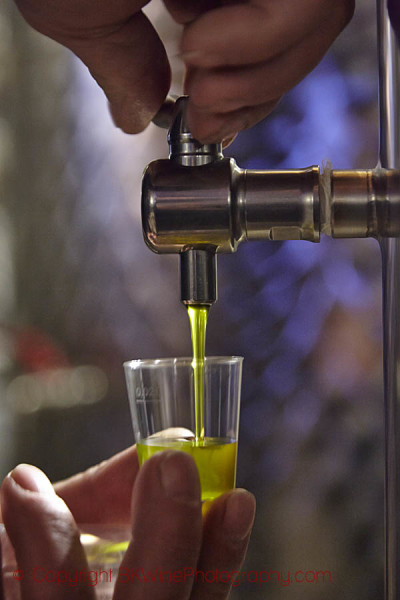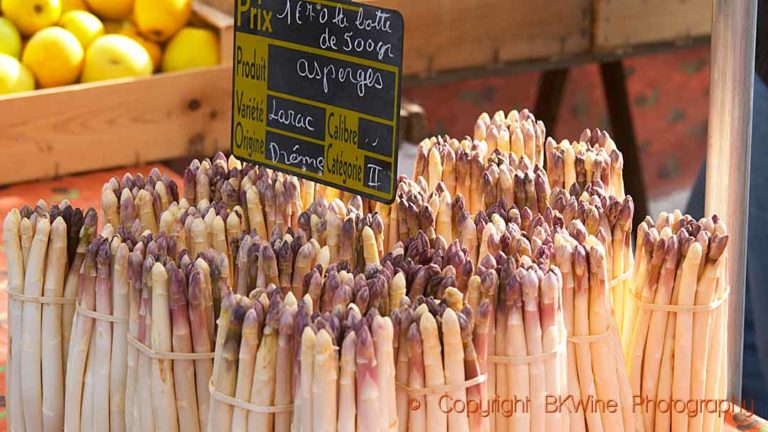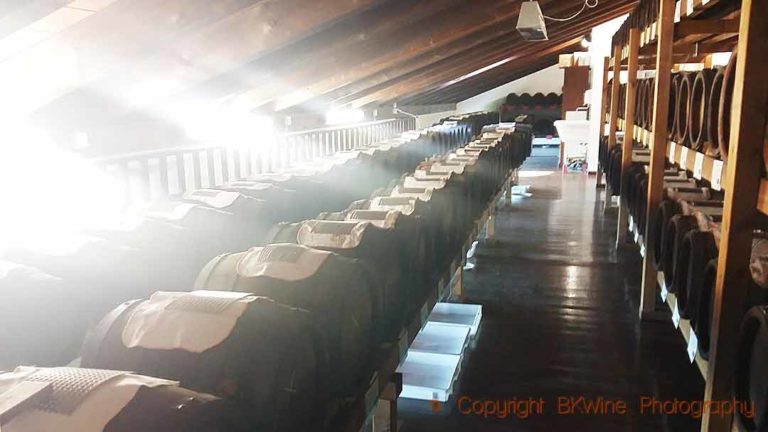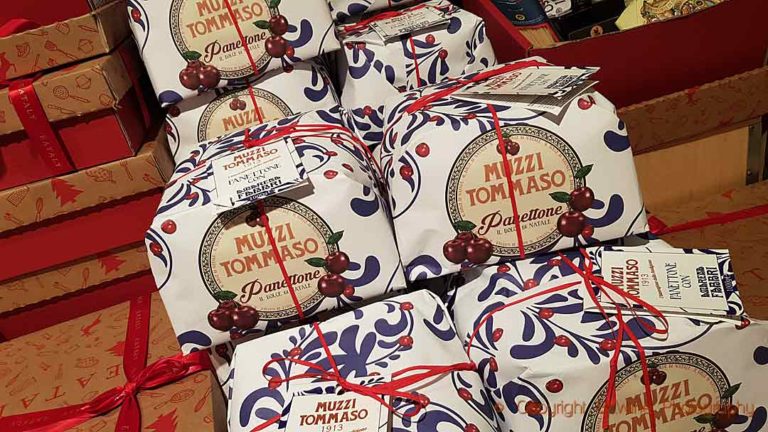Like the grapevine the expansion of the Roman Empire spread the olive tree across Europe. But not quite as far north as the vine since the olive tree has greater demands warm weather.
The olive tree thrives best in areas where the summers are long, hot and dry and winters are short but cold enough to kill any pests that can otherwise ruin the fruit and the trees. Mediterranean countries have an ideal climate, and here we find most of the world’s olive production. Spain has the largest production, followed by Italy and Greece. France has a small but high-quality olive oil production.
The olive trees thrive in poor and stony soil, often where nothing else can grow. They require little care before it’s time for harvest. Flowering occurs in May-June and then the olives begin to develop. Initially they are green and as it ripens it becomes black. There is no difference between green and black olives, it just depends on ripeness.
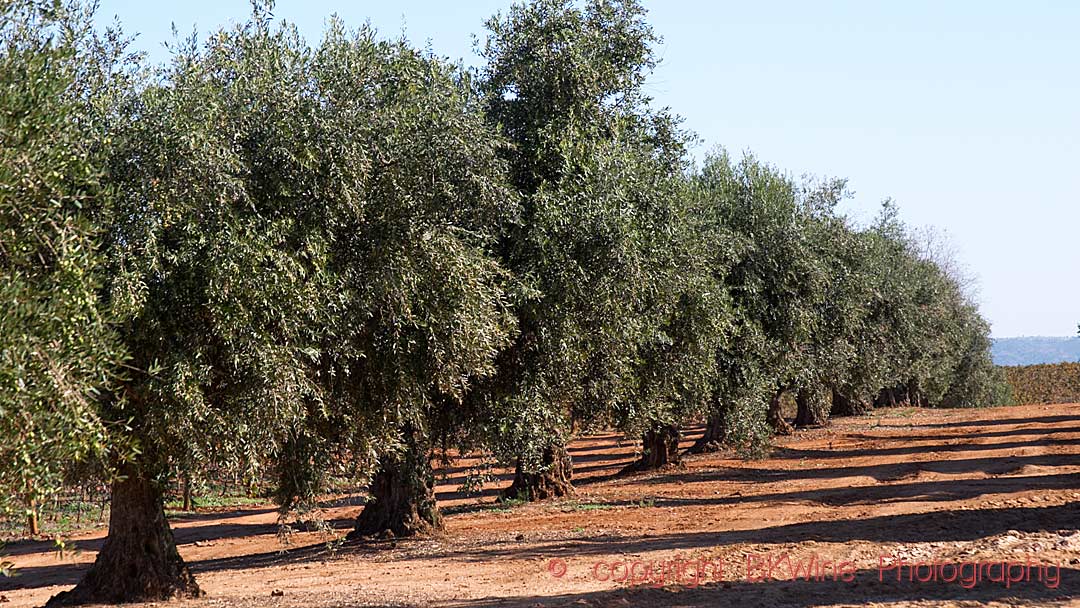
There are of course different kinds of olive trees. Some olive varieties taste best to eat; some varieties are best suited to the production of oil.
Harvests is in late fall and winter. The green olive is harvested from October and the black from November until February. It is important that the harvest is gentle and that the olives do not fall on the ground. Therefore at harvest one carefully “combs” the olives from the branches and gather them up in nets laid on the ground.
Then the olives are pressed either immediately, or after storing them for a few days.
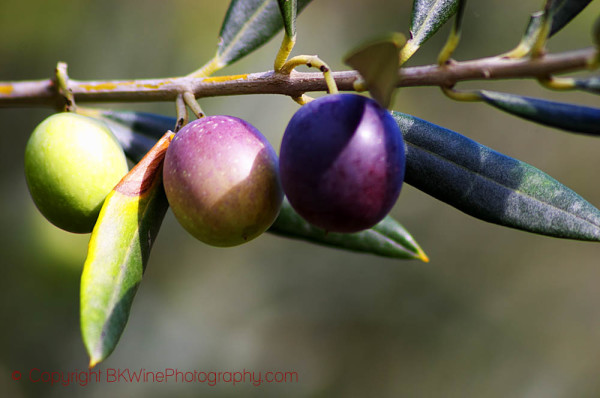
Cold pressing
The olives are then crushed, traditionally between big stone wheels, with pips and all. From the paste that is created the oil is then pressed in what is called “cold pressing” or the first pressing. The paste can then be pressed multiple times to get more oil. Hot water can be used to facilitate the process, hence the designation “cold pressed” for the first pressing from which the most high-quality oil is extracted.
Today, modern, often hydraulic presses, or even centrifuges, are used which can extract all the oil at once.
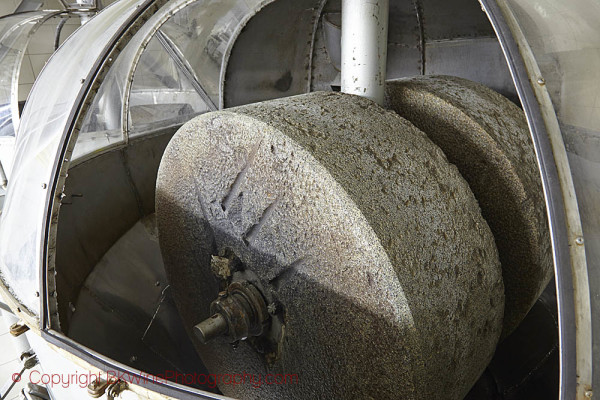
The water is then separated from the oil. The oil that gets top scores after tasting and contains less than 0.8% acidity is labelled extra virgin olive oil. Also virgin olive oil is of high quality with an acidity of no more than 2%. The rest of the oil that has higher acidity, which need to be processed to remove impurities get the plain and simple designation of olive oil.
As with wine, the quality and the taste of olive oil depend on a number of factors: how the harvest is done, the pressing, the climate and the soil. And of course on variety of olive used. Aglandau and Salonenque are common in Provence
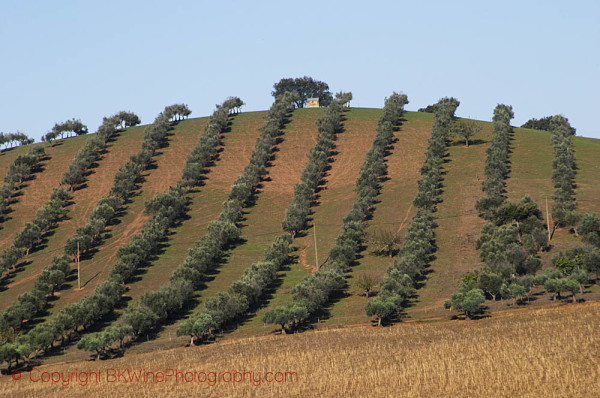
Château Virant
Château Virant is a good French olive oil producer (13680 Lançon-de-Provence, www.chateauvirant.com). Many estates in the Provence region makes both its own wine and olive oil. However, only one of these actually has its own olive press.
Château Virant in Lançon -de-Provence bought its press in 1996 and now, in addition to pressing their own olives, they also accept neighbouring farmers’ olives. Even small customers are welcome. The smallest comes with three kilograms of olives and goes home with half a litre of oil! Christine Cheylan is responsible for olive cultivation and olive oil production at Chateau Virant. Her parents bought Château Virant in the early 1970s. Olive varieties used are Aglandau and Salonenque. The appellation of the oil is Aix-en-Provence.
In November and December the olives are harvested and pressed directly, on the night after the harvest. This, according to Christine, gives the best quality and the characteristics that one associates with a high-quality olive oil, fruit, peppery and a little bitterness in the finish.
You can buy Christine’s excellent olive oil at the chateau or at Olivier & Co., an olive oil shop that you can find in many places in France, Belgium and some other countries.
